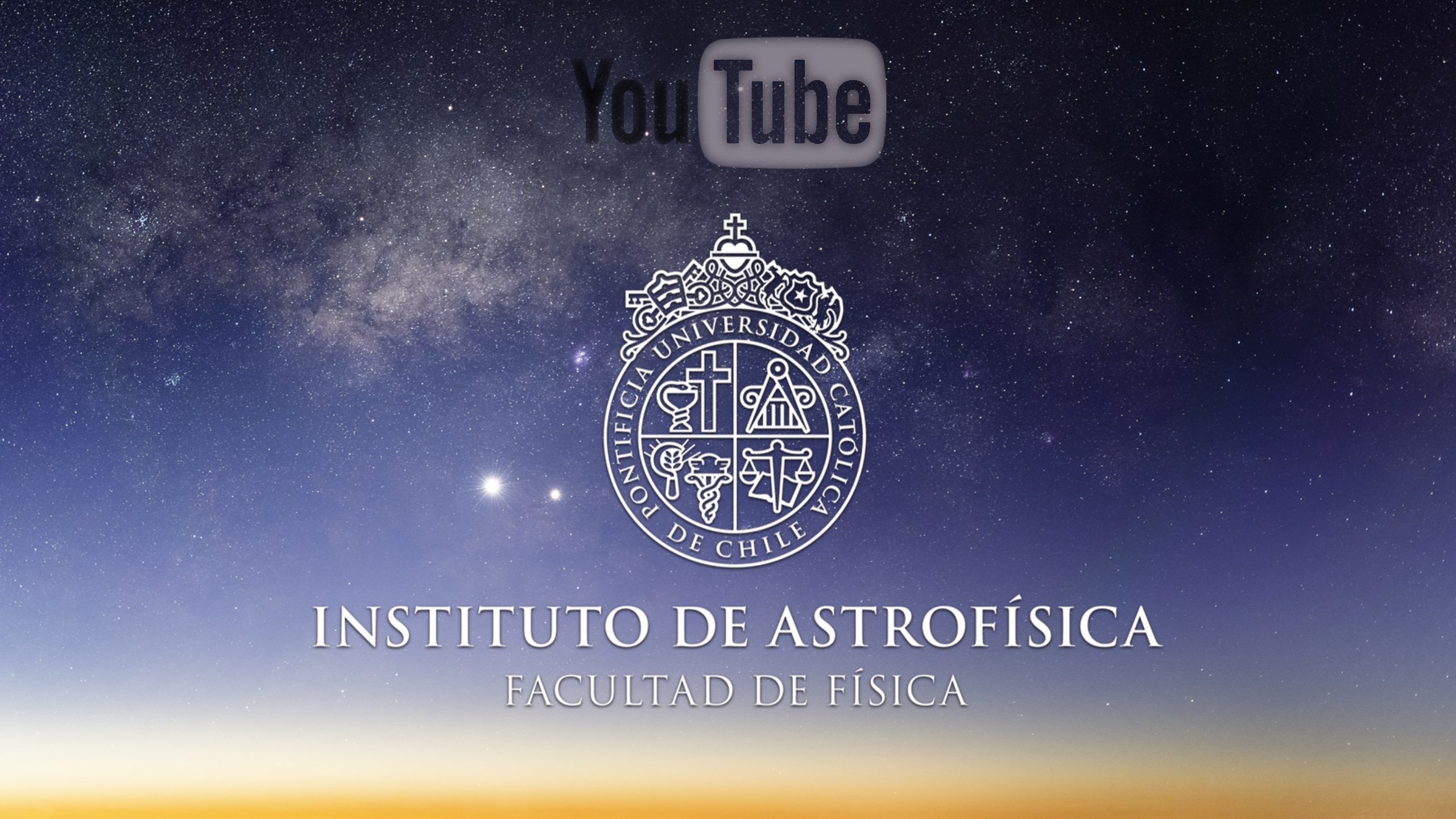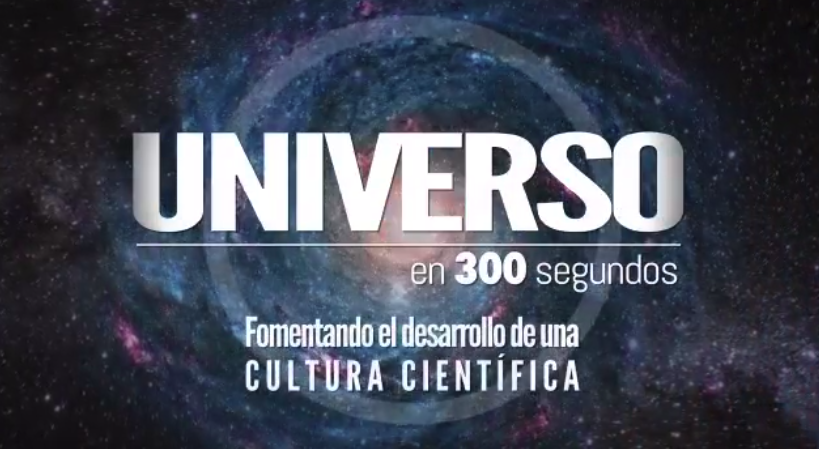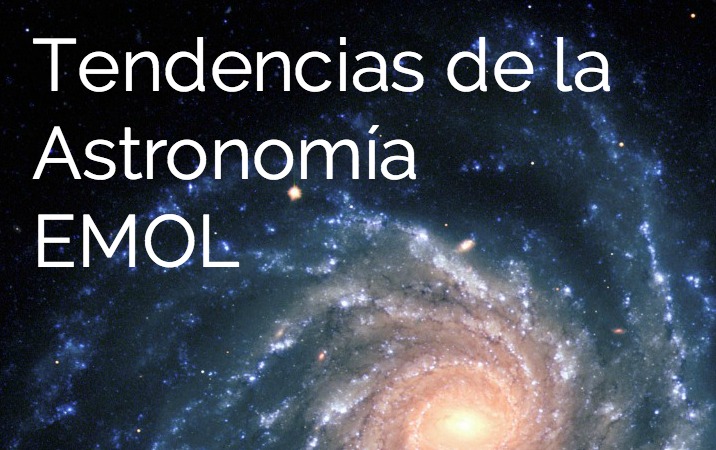The thermodynamics of rotating black hole clusters - Yuri Levin
On June 15, 2021
Posted by Patricia Tissera
The thermodynamics of rotating black hole clusters
Yuri Levin
Center for Computational Astrophysics, Flariton Institute
Statistical physics has a bad track record in describing large-N gravitational systems.
It has become clear over the last several years that there is a remarkable exception
to this rule. Resonant relaxation due to orbit-averaged secular dynamics in galactic nuclei
drives them to states of thermal and rotational equilibria on an astronomically short timescale.
Statistical physics becomes a powerful, yet under-appreciated tool to study such systems.
I will introduce the general formalism (due mostly to Touma and Tremaine, but going as far back as Lynden-Bell),
as well as a novel numerical algorithm for finding equilibria due to Andrei Gruzinov.
There are fun applications: phase transitions leading to lopsided precessing equilibria (such as the nucleus of
Andromeda), and strong clustering in eccentricity and inclination of stellar-mass black holes.
I will use statistical physics to argue that secular-dynamical friction must exist and that moreover, it
plays a huge role in galactic nuclei, turning rotating clusters into
flywheels that control the orbits of all heavy objects inside them, such as stellar discs and IMBHs.
I will speculate on its effect on the spin of the supermassive black hole itself.











